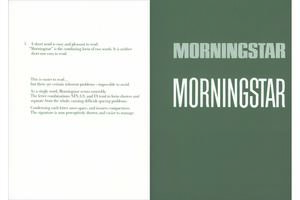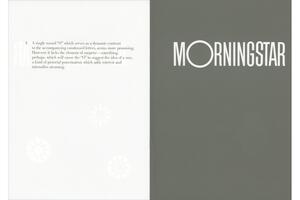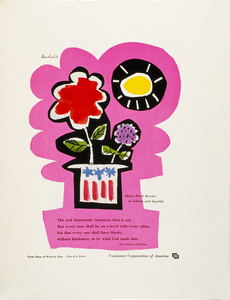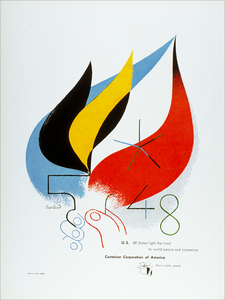Paul Rand
Paul Rand was an American graphic designer who pioneered a distinctive American Modernist style. His career spanned seven decades, and in that time his graphic designs, teaching, and ideas broadly influenced several generations of American designers.
After studying in New York City, Rand worked as an art director for Esquire and Apparel Arts magazines from 1937 to 1941. As his work developed, Rand assimilated the philosophy and visual vocabulary of European art and design, in particular that of the Bauhaus, Constructivism, Cubism, De Stijl, and Futurism. Rand believed that lines, shapes, and colors could become message-conveying signs and symbols in visual communications while simultaneously functioning as elements in an artistic composition.
From 1941 to 1954 Rand worked as art director of the William H. Weintraub advertising agency, where he collaborated with copywriter Bill Bernbach. Rand advocated advertisements in which text and images were integrated into a codependent whole, with words and pictures working together to create an effective and engaging message. His advertisements, especially for Orbach’s department store, pointed toward a new stripped-down approach to advertising copy and design.
During the 1950s and ’60s, as American corporations were turning to graphic designers to create contemporary trademarks and consistent graphic standards, Rand became a prominent proponent of such visual-identity systems. Now ubiquitous trademarks designed by Rand include the logos of Westinghouse (1960), UPS (1961), ABC (1962), IBM (1972), Cummins (1973), Morningstar (1991), and Enron (1996).
Encyclopaedia Britannica (edited 2024)







